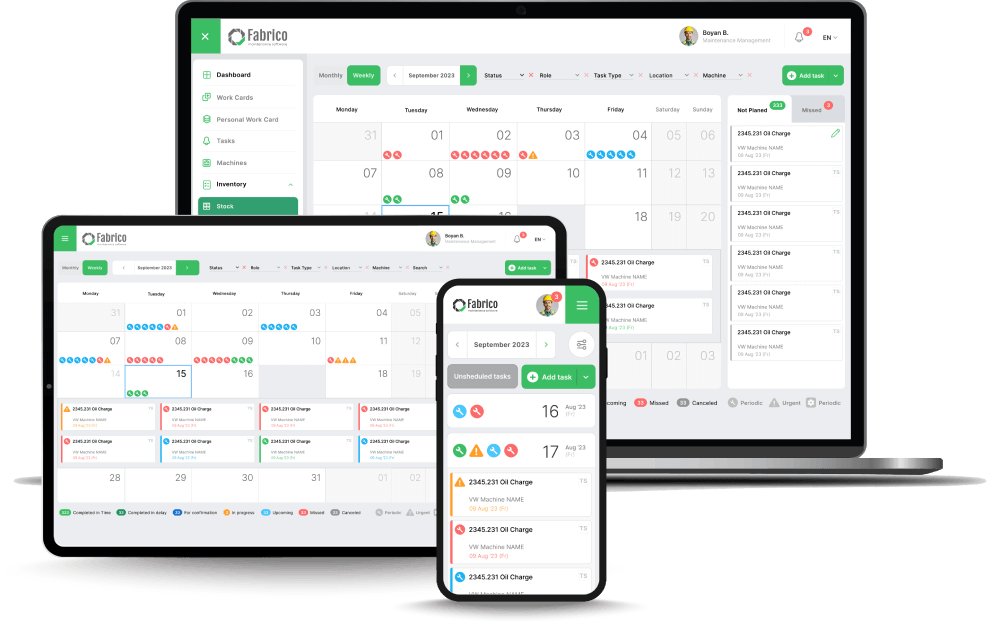Routine maintenance plays a key role in increasing assets’ longevity, efficiency and reliability. As one of the features of total productive maintenance and preventive maintenance, it is an essential staple of any maintenance manager’s and maintenance crew’s responsibilities.
For those of you looking for a clear routine maintenance definition, this post is for you. Here, we not only cover what it is but also discuss how it fits within maintenance plans and workflows as well as provide examples alongside its benefits.
Keep reading to discover more about how to improve your manufacturing and industrial operations.







